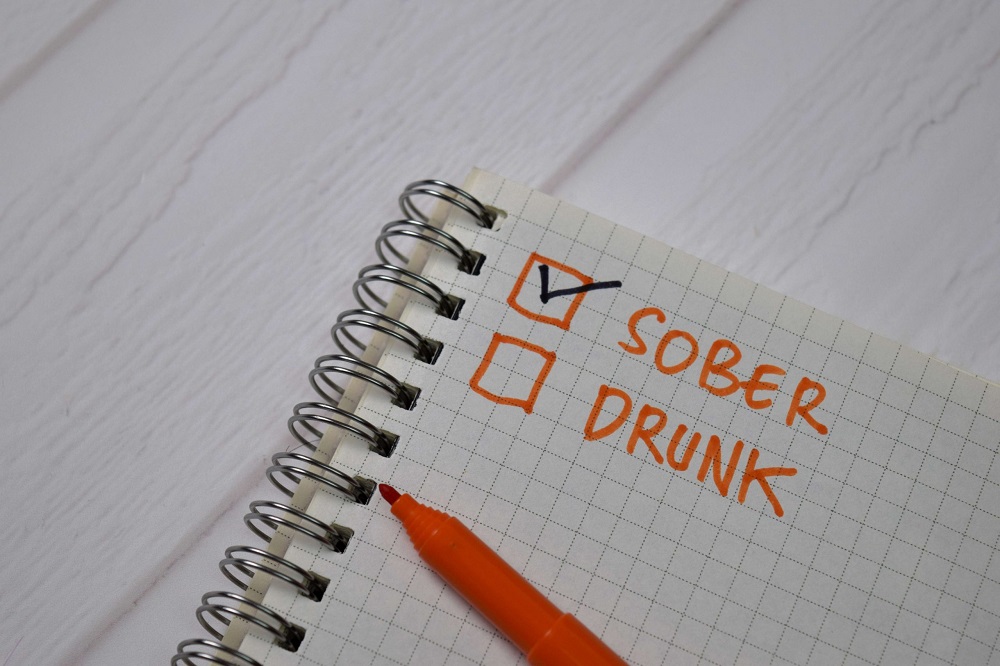Content
At Starkey Medical Esthetics in Salem, Virginia, we understand the desire to reduce the appearance of fine lines, wrinkles, and sagging skin so you can look your best. Michele Meinhart, FNP, and her team of professional aestheticians are certified experts in administering injectable cosmetic procedures, like Botox® and fillers, which do just that. Alcohol is a vasodilator meaning that you would have a greater likelihood of bruising having had a drink. The scientific studies confirm this, although on a much larger scale. No one wants to have bruising and swelling after investing in fillers so abstaining makes sense. Taking some preventive steps, such as applying pressure to the puncture site and refraining from lifting heavy objects, can help reduce the chance of a bruise appearing.

Immunologic disturbances thereby acquired could have constituted a basis for a hypersensitivity-like reaction after ingestion of alcohol. Schamberg’s disease induction by vinegar may point to an involvement of acetate, a metabolite of ethanol. With so many effects on the body, the usual first step in treating alcoholism is detox—or getting alcohol out of your system. Depending on the severity of the alcohol use disorder, this stage can be mildly annoying or severe. Early withdrawal symptoms include headaches, anxiety, nausea, irritability and shaking. Alcohol acts as a vasodilator — it causes blood vessels to relax and open.
Avoiding Alcohol after treatment…
Your skin and any treated areas will be healing during the hours and days immediately following your procedure. During this time, the treated areas will still be prone to bruising; and thinning the blood with alcohol consumption is likely to increase that bruising effect. If this occurs, you will experience a longer time of recovery, as the bruising will require extra time to subside. An adult Caucasian alcohol-dependent patient who developed purpura after drinking alcohol was clinically observed from May 2005 to April 2016 at our institution . The last 2 years (“purpuric phase”; cf. Table1) were prospectively studied, and the time before that (“nonpurpuric phase”) was studied retrospectively. Additionally, abdominal ultrasound as well as cerebral and internal diagnostics for clotting defects, collagenoses, and systemic vasculitis were performed. A provocation test with vinegar was performed, assumed to be a challenge test for acetate, one main metabolite of ethanol .
- Alcohol related liver disease is the result of drinking more alcohol than the liver can process, which damages the organ.
- They’ll check out your liver, assess any possible damage and help you change your habits to change your health future.
- Some bruising can be traced to ordinary medications people take every day.
- When too much liver damage occurs, it impacts the whole body.
- Taking excellent care of your skin is key to your health and for maintaining a youthful look.
- This disorder also involves having to drink more to get the same effect or having withdrawal symptoms when you rapidly decrease or stop drinking.
For the first time, to our knowledge, an association of purpura with serum levels of immunoglobulin E , as well as the induction of fresh SD purpura via drinking vinegar, is shown. This case https://ecosoberhouse.com/ report demonstrates that Schamberg’s disease can be strongly related to alcohol intake, in our patient most likely as a late complication of severe alcoholism with alcoholic liver disease.
Symptoms
While heavy drinking is a risk factor for cancers that affect your mouth and digestive system, you may not know that your alcohol intake can also influence your risk of skin cancer. Besides the extra knocks you may experience while under the influence of drink, there are further reasons why you tend to bruise more easily when you drink frequently. This is most likely an issue for heavy drinkers and ties into the impact that alcohol has on your nutritional status. Indeed, there is documented evidence that extensive bruising can arise among alcoholics as a result of scurvy, caused by a severe deficiency of vitamin C. Bruising arises because without enough vitamin C to support collagen production your blood vessels become fragile and damage easily, allowing blood to collect beneath your skin.
Meanwhile, in alcoholism skin can also suffer, as metabolism of alcohol depletes levels of B vitamins that otherwise promote a healthy circulation to deliver additional nutrients to your skin. Another problem that develops with alcohol and your skin is that it can cause flare ups of skin conditions that you may already have, which is particularly true of rosacea and psoriasis. Rosacea affects around 16 million Americans and is characterized by redness across your cheeks, chin, forehead and nose, though can spread to affect your ears, scalp and chest. With time blood vessels appear in rosacea, so it is no surprise that alcohol can exacerbate the problem. However, if left untreated, excess tissue grows in the form of bumps across affected areas, which can have a significant impact on your confidence and self-esteem. The link between alcohol and complexion isn’t just short lived though, as when you regularly drink large quantities, spider veins appear at your skin’s surface.
Medical and addiction history
Alcoholic liver disease is damage to the liver and its function due to alcohol abuse. Older people bruise more easily, as aging skin becomes thinner and loses some alcoholism and bruising of the protective fatty layer underneath that helps cushion blood vessels from injury. More often than not, bruising comes from physical impact or injury.
Woman’s young sons tried to help as neighbour viciously beat her up in their house on Irish estate – Irish Mirror
Woman’s young sons tried to help as neighbour viciously beat her up in their house on Irish estate.
Posted: Tue, 08 Nov 2022 08:00:00 GMT [source]
Chronic, heavy alcohol use, or alcohol use disorder, can overload your liver with fat and toxins to process. When your liver can no longer keep up, these toxins and fat build up and begin to injure the liver. This is your body’s way of attempting to heal and ward off further injury. Several things can cause hepatitis, including viruses and toxins. Acute alcohol-induced hepatitis might only be a temporary response to overindulgence. But when alcohol-induced hepatitis becomes a chronic condition, it threatens to do permanent damage to your liver.
Why Do I Bruise So Easily?
Even small amounts, like a glass of wine or a shot of hard alcohol (mixed drinks count!), can trigger this effect and increase your risk for bruising after Botox or filler treatments. Finally, while it is tempting to mask discolored skin, you should do so with caution if you abuse alcohol. This is because if you develop a yellow skin tone, this is sometimes a sign of jaundice, indicating that heavy alcohol use has already damaged your liver. Instead of covering up a yellow hue, you should always seek medical advice and investigate treatment options to help you give up your habit. The health of your skin is just as dependent on a supply of vitamins and minerals as any other part of your body. Alcohol also interferes with the absorption of the fat soluble vitamins A and E, which both help to protect your skin from damage.
- But for some people, new bruises seem to pop up out of nowhere.
- Taking dietary supplements like fish oil, garlic, ginkgo and vitamin E also block platelets in the blood from clotting and can lead to easy bruising.
- The provider can counsel you about how much alcohol is safe for you.
- When broken down by gender, beer and vodka were still the main culprits behind people’s injuries, and the main locales were still house parties and the injured individual’s own home.
- Read on for 1,003 Americans’ stories of cuts, bruises, and fractures, as well as tales of birthdays, bachelor parties, and occasional tumbles – and the beverages behind the chaos.
Basra G, Basra S, Parupudi S. Symptoms and signs of acute alcoholic hepatitis. Every food and drink you consume passes through your liver for processing. Your liver helps metabolize nutrients and filter out toxins. When alcohol goes to your liver for processing, it acts as a toxin.
Alcohol-Induced Hepatitis
The damage caused by cirrhosis is unfortunately irreversible. To determine if you have alcoholic liver disease your doctor will probably test your blood, take a biopsy of the liver, and do a liver function test. You should also have other tests to rule out other diseases that could be causing your symptoms. Your symptoms may vary depending upon the severity of your disease.


Commenti recenti